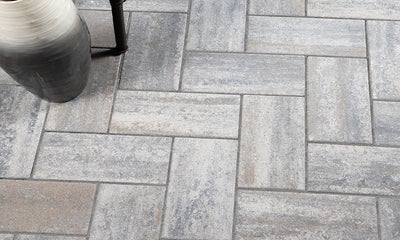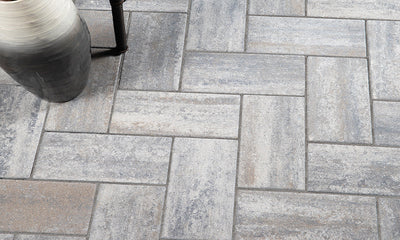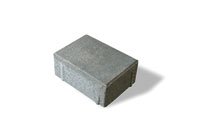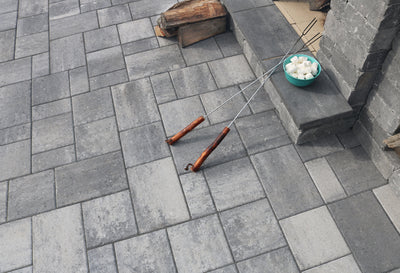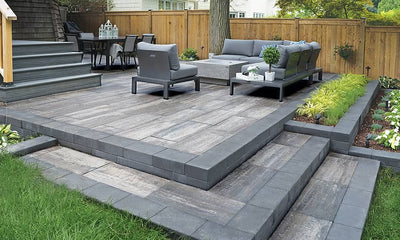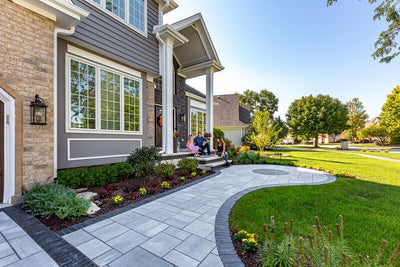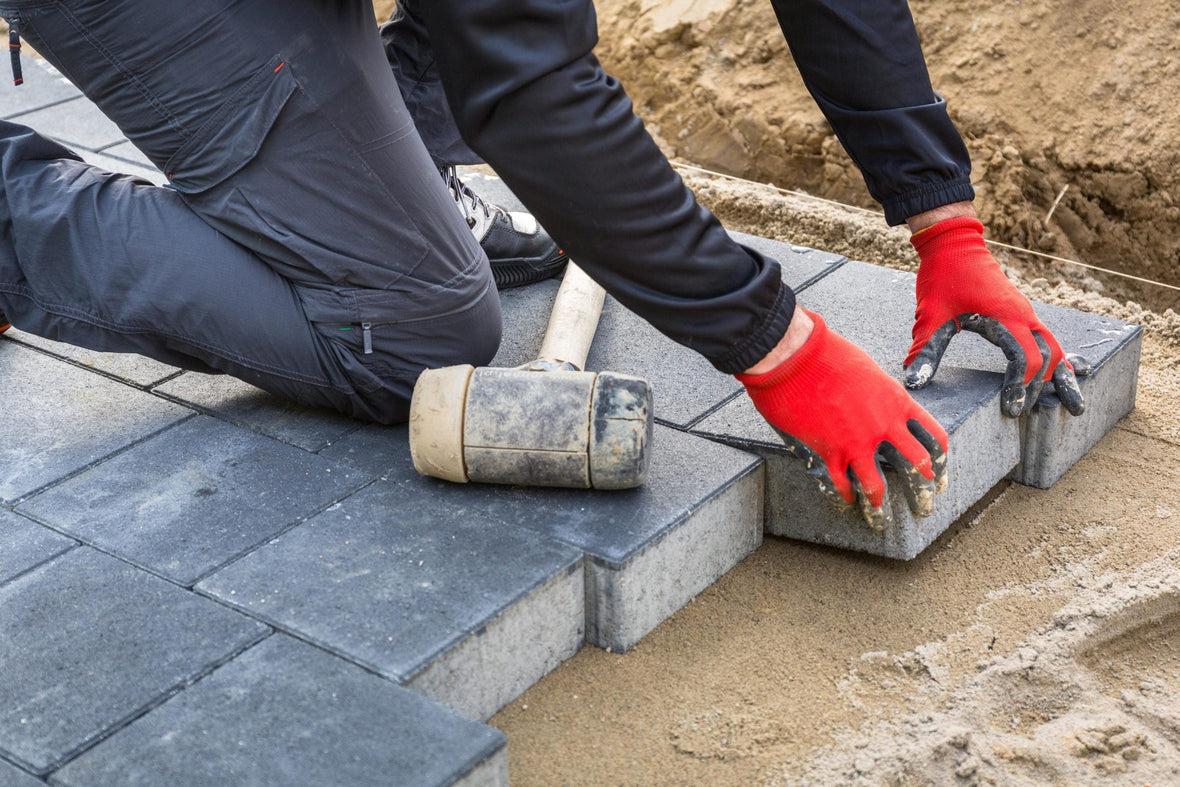
5 Mistakes to Avoid When Installing Interlock Pavers
Jonathan Perrette
Interlock pavers are a popular choice for patios, driveways, and walkways thanks to their durability and versatility. However, even the best-quality stone won’t perform as it should if it’s installed incorrectly. We often see homeowners make the same mistakes when tackling interlock projects themselves. To help you get the most out of your investment, here are five common mistakes to avoid when installing interlock pavers.
1. Skipping Proper Base Preparation
The most critical step in any interlock project is creating a strong base. Without a properly excavated and compacted foundation, pavers will shift, sink, and create uneven surfaces.
What to Do Instead: Excavate to the correct depth, use the proper base material (such as crushed stone), and compact in layers to ensure stability and longevity.
2. Ignoring Drainage
Water is one of the biggest threats to interlock installations. Without proper grading and drainage, water can pool under the surface, leading to erosion, frost heaving, and sinking stones.
What to Do Instead: Always grade the base away from structures and install proper drainage systems if needed to prevent water buildup.

3. Not Using Edge Restraints
Edge restraints may not seem important, but they play a big role in keeping pavers from spreading over time. Without them, your clean lines and tight joints can quickly become uneven.
What to Do Instead: Install edge restraints along the perimeter of your project to lock everything in place.
4. Not Compacting the Pavers
Simply laying pavers into place isn’t enough. Without proper compaction, the pavers won’t settle into the bedding layer, leading to movement and instability.
What to Do Instead: Use a plate compactor to vibrate the pavers into the bedding sand, ensuring a firm and level surface.

5. Skipping Joint Sand or Sealing
Leaving joints unfilled or failing to protect the surface can shorten the lifespan of your interlock. Unfilled joints allow weeds and insects to move in, while unsealed surfaces may stain or fade.
What to Do Instead: Sweep polymeric sand into the joints and consider sealing the pavers to lock in colour, prevent weed growth, and protect against stains.
Final Thoughts
Interlock pavers are a long-lasting and beautiful choice for your outdoor space, but only when installed correctly. At Canlok Stone, we offer high-quality interlock pavers and expert guidance to help you complete the job correctly. Whether you’re taking on a project on your own or hiring a contractor, we’re here to make sure your investment lasts.
Contact us today and let’s get started on your next project.




